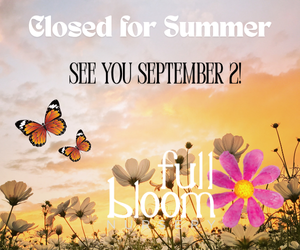Recently, I've received several phone calls that go something like this, "I have dead and dying spots in my fescue lawn. They are straw-colored to brown and seem to be getting larger. What is it? And how can I stop it?"
This problem is common on all turfgrasses, in particular tall fescue. The disease is known as brown patch, which is caused by the fungus Rhizoctonia. Brown patch is the most common of all lawn diseases in Georgia. About 70 percent of all disease samples we see in Extension are brown patch related.
Brown patch is common during the summer months, and is characterized by irregular sometimes circular areas of brown grass. Upon closer inspection of the leaf blades, you will notice that the fungus causes a blight or die back from the tip down to give the turf its brown color.
A key diagnostic sign of brown patch is the appearance of cobweb like fungal growth on the leaves in the presence of heavy dew. This is most noticeable during the early morning hours when the disease is active.
Environmental conditions which favor brown patch include temperatures in the 85 to 90 degree range and high relative humidity. Night time temperatures above 65 degrees are perhaps the most critical environmental requirement for disease development.
Long periods of leaf surface wetness and very high humidity are required for severe disease development to occur. Summer applications of high nitrogen fertilizers will also encourage brown patch development and injury.
Brown patch disease will continue to spread if not treated with a fungicide. Your options are pretty open for control of brown patch. Several fungicides are labeled for control of brown patch, including Maneb, Mancozeb, Immunox and Bayleton. Two to three treatments of the fungicide will be necessary to control the disease. Applications should be made approximately 10-14 days apart.
Always read the chemical label carefully and follow all directions and safety precautions. Also, be aware that fungicides only prevent the spread and further infection of the disease. Fungicides will not heal or repair already damaged grass.
For more information on lawn disease control, check out the Georgia Pest Management Handbook at http://www.ent.uga.edu/pmh/Turf/Turf.htm
Billy Skaggs
Agricultural Agent Hall County Extension Coordinator
734 East Crescent Drive
Gainesville, GA 30501
Phone:(770)531-6988
Fax: (770)531-3994 Email: [email protected]
Wednesday
August 6th, 2025
8:24PM








